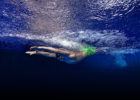
Understanding Focus Comparisons
TritonWear’s Focus Comparisons measure your most recent activity against your previous bests or athletes like you.
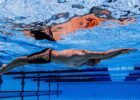
Using TritonWear Teams To Track & Encourage Better Training
TritonWear Teams enables recruiters, coaches, and support staff to build integrated team structures and even track an entire nation.

Get FIT With TritonWear: Adjust
The last step in TritonWear’s Focused Iterative Training (FIT) is using insights to adjust your training and master your progress.
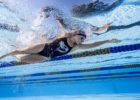
TritonWear FIT Philosophy: Discover
TritonWear has developed Focused Iterative Training, FIT, to help you improve in 3 simple steps: track training, find focus, master progress.
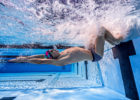
Get FIT with TritonWear: Observe
TritonWear has developed Focused Iterative Training, FIT, to help you improve in 3 simple steps: observe, discover and adjust.

Mastering Triton Score
Triton Score measures performance and gives you an overview of your Readiness, Focus and Intensity. The score offers a fast and easy way to…
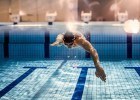
The Secret to Swimming Metric Tradeoffs
Improving metrics sets you on the path to improve performance. However, certain metrics influence each other. Improving one may lead to a…
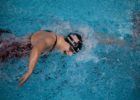
TritonWear Analysis: Freestyle Breathing Pattern vs Speed At 200m+ – Part 2
In Part 2 of the freestyle breathing pattern analysis, TritonWear looks at the relationship between breathing rates and lap progression in reps 200m and up.